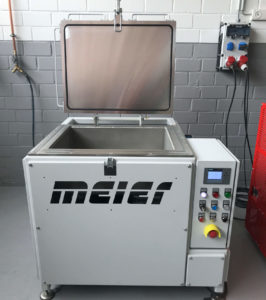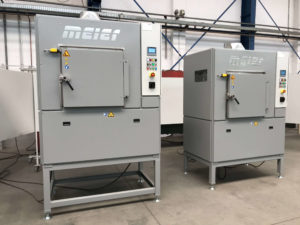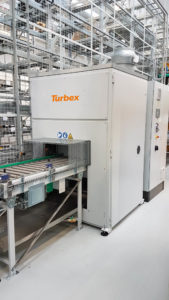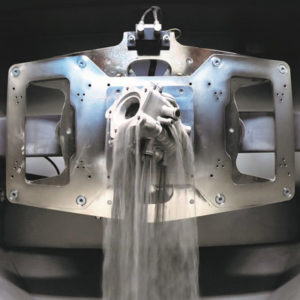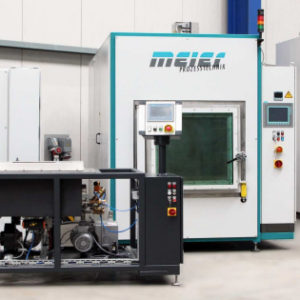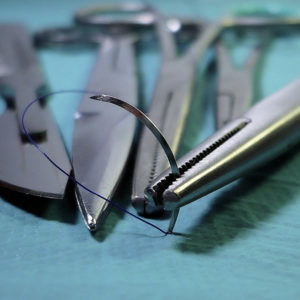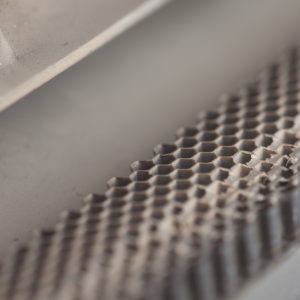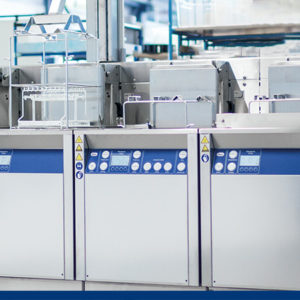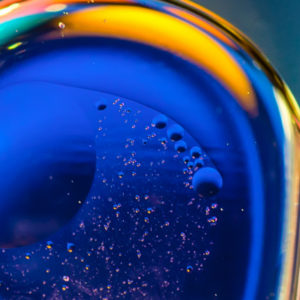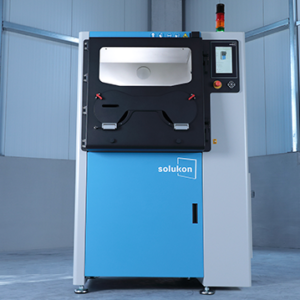Vacuum drying provides product-friendly drying, reaching deep pores quickly – even at low temperatures.
In this blog, we explain the uses of vacuum drying, where it is applied, and we shine a spotlight on the drying solutions offered by Meier.
Vacuum drying: who and why?
Who uses vacuum drying:
Manufacturers, sub-contractors and end-users in industries such as:
- Electroplating
- Machining
- Industrial parts
- Electrical engineering
Parts range from precision tools, dental implants and medical needles to electric motors, brake cylinders, engine components and battery cells.
These industries adopt vacuum drying for a whole host of reasons and benefits, including but not limited to:
- Drying any metallic goods
- Following aqueous treatment
- In metal processing, like deburring
- In surface technology, like electroplating
- In the cleaning sector, such as ultrasonic cleaning or degreasing
- During assembly and repair, such as leak testing or spray cleaning
What are the benefits of vacuum drying for these industries and applications?
- Short drying times
- Superior drying quality
- Removal of problems associated with corrosion
- Gentle and protective
- Reduced energy consumption
- Low maintenance
- Geometrically independent drying
So, how exactly does vacuum drying work?
The basic principle of vacuum drying is to subject a part or material to negative pressure, reducing the boiling point of water; this results in the evaporation of water at low temperatures.
During this process, the pressure reaches all available moisture in a short amount of time. Energy is provided through the upstream process; external energy is applied in parallel where this is not sufficient.
What vacuum dryers can Turbex and Meier provide?
Turbex supply various kinds of vacuum dryers from Meier, all of which can be either standalone or integrated:
- Toploaders
- Frontloaders
- Continuous dryers
Because machine and component requirements (material, geometries, purity etc.) can differ so significantly, Turbex are able to design and produce vacuum dryers to other special designs.
Dryers can also be retrofitted to existing lines, or used stand-alone with its own plc.
Typical design and characteristics
At a basic level, all vacuum Dryers tend to feature vacuum pumps, a process chamber and a system for providing heat. They can range in complexity from simpler, top-loaded standalone units, to fully integrated continuous lines.
Meier units dry via combined vacuum & heat, which is typically:
- Alternating drying via convection
- Infrared heating
- Microwave heating
- Separated furnace sections, as well as cooling tunnels in the upstream and / or downstream process steps
- Use of thermal oil or water provided locally by the customer
Other common characteristics include:
- Compressed air nozzle systems
- Clean room technology
- Explosion protection
- Plant designs adapted to spatial conditions or user specifications
Turbex is the sole UK representative of Meier vacuum dryers
Get in touch with the team today if you’re interested in custom drying solutions from Meier with support from Turbex.

